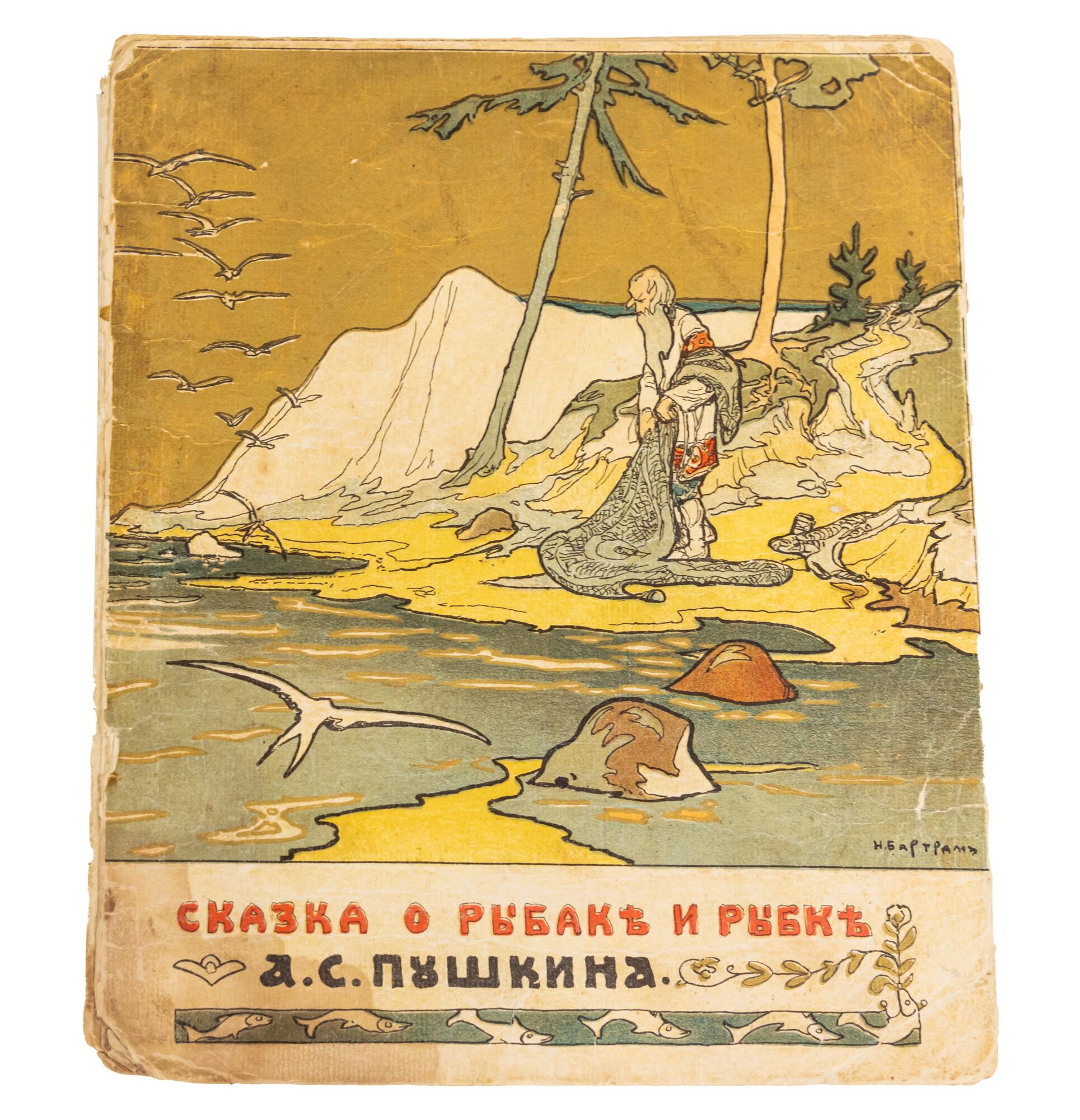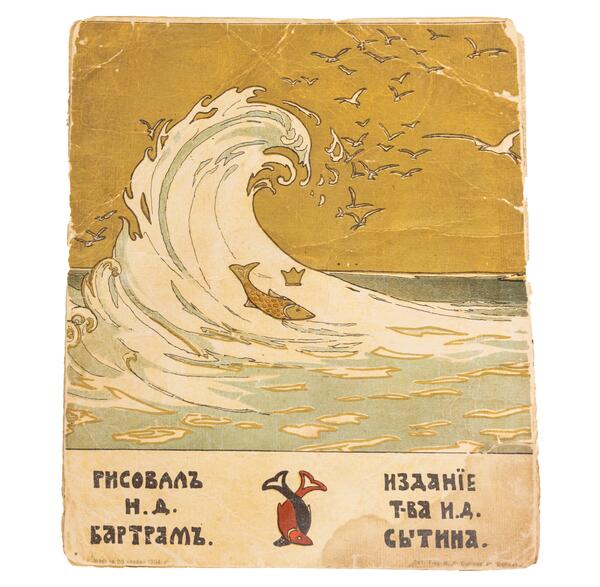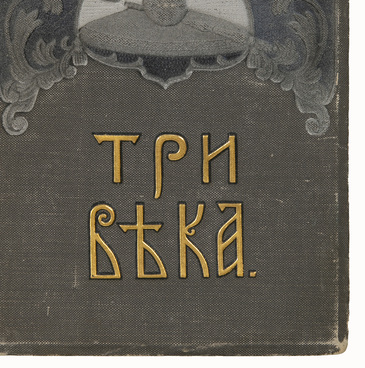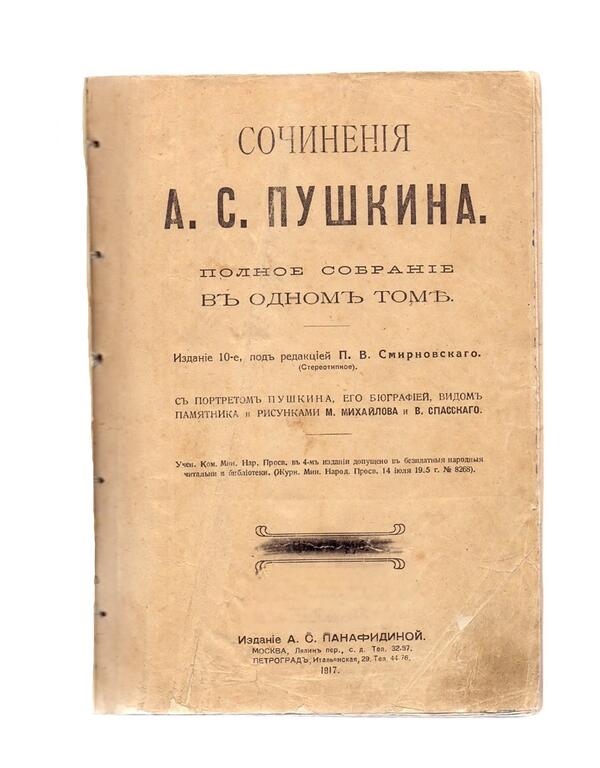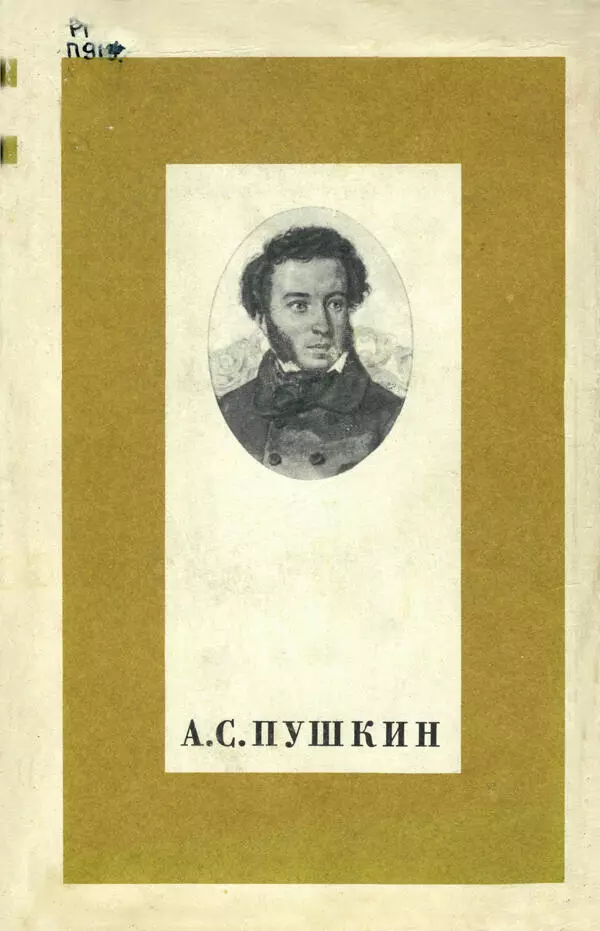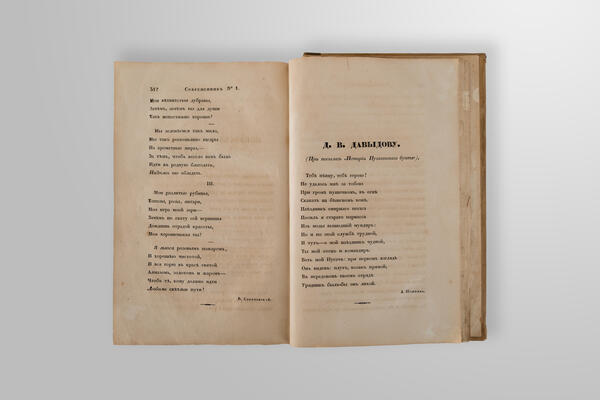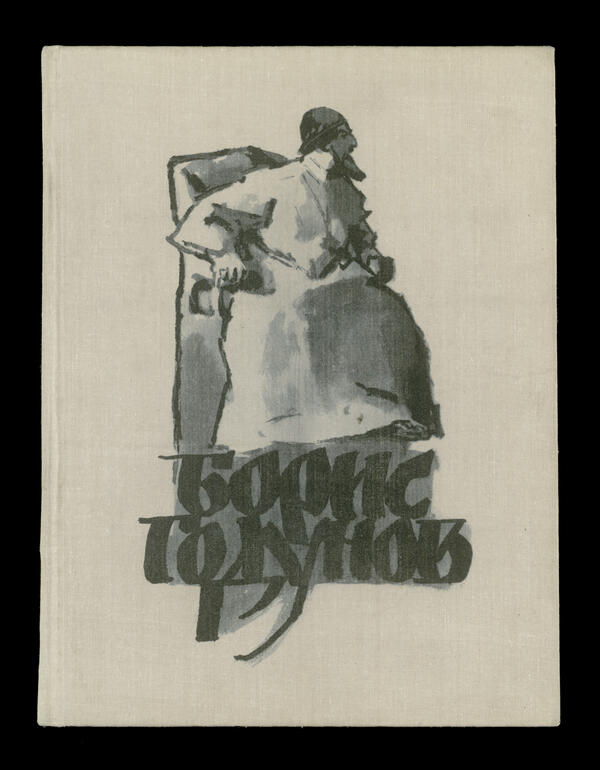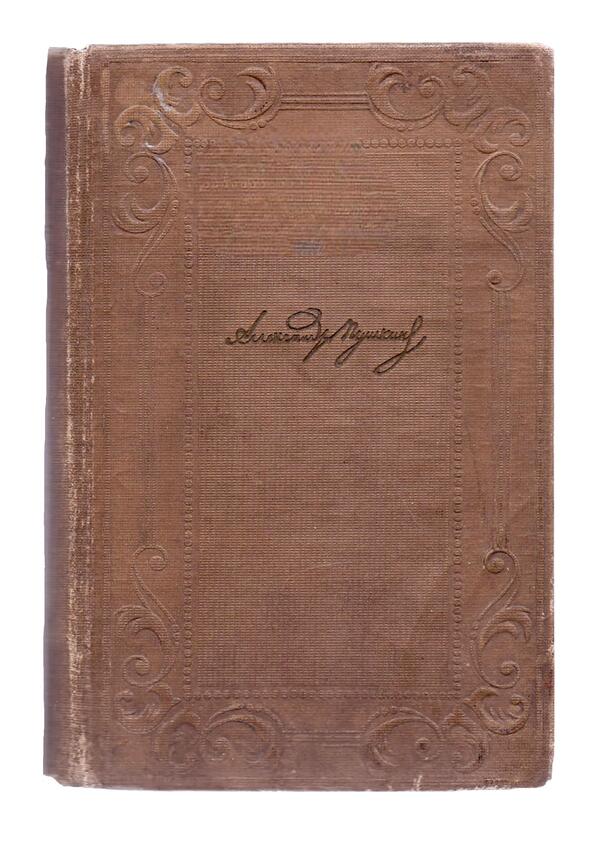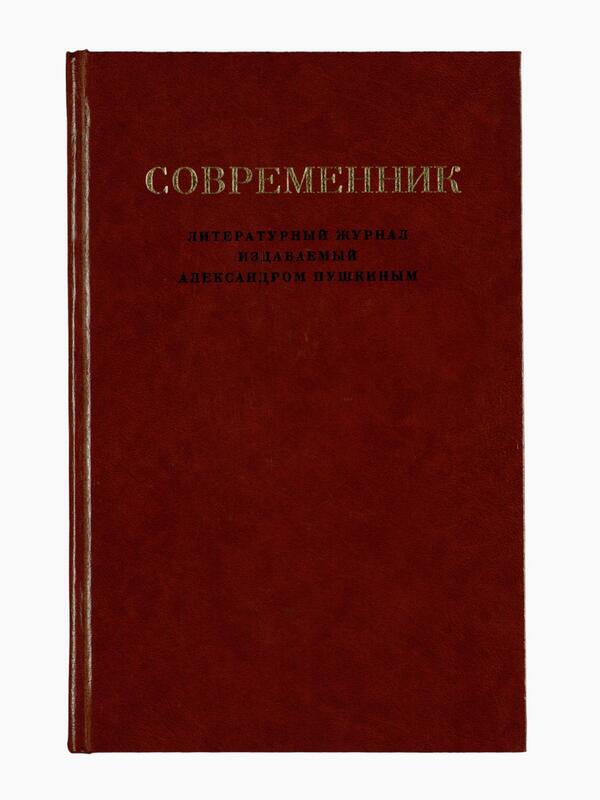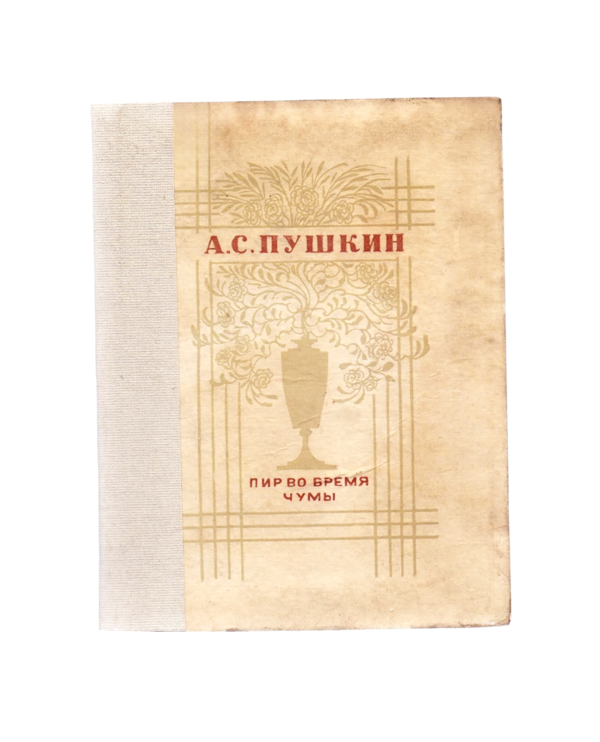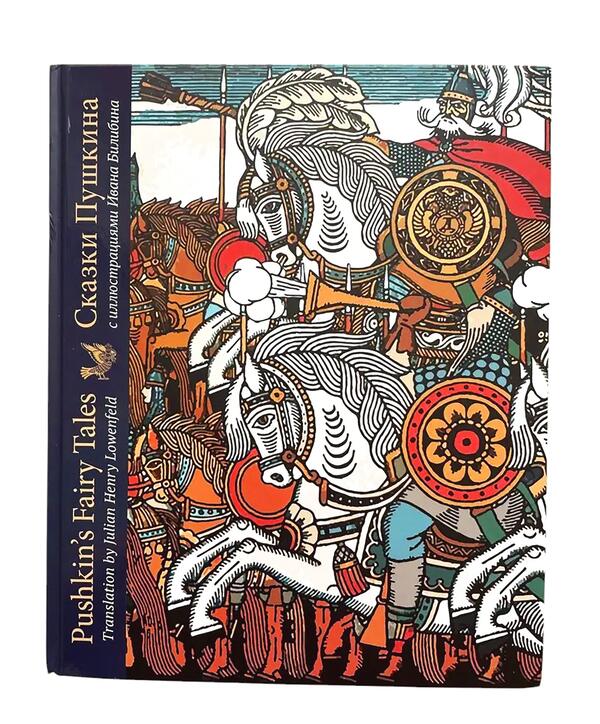Ivan Dmitrievich Sytin considered the publication of Alexander Pushkin’s works to be a particularly important task. Pushkin’s tales were published with illustrations by various artists, the most famous of them was Nikolai Dmitrievich Bartram. He was also a collector: he collected toys, children’s furniture and dishes, school supplies and textbooks, children’s books and albums. In 1918, he opened the first toy museum in Moscow, and now the museum is located in Sergiyev Posad.
The Ivan Sytin Apartment Museum presents rare editions of Pushkin’s tales with illustrations by Nikolai Dmitrievich Bartram — “The Tale of the Fisherman and the Fish”, “The Tale of the Golden Cockerel” and “The Tale of Tsar Saltan”. These illustrations are a genuine work of art. They are in tune with the rhythm of the light verse of the wise and witty tale. Young readers liked such inexpensive books with bright and vibrant pictures. Bartram, who was passionate about the art of Ancient Russia, depicts furnishings, utensils and costumes of the heroes in the spirit of folklore traditions. Bartram was a specialist in the history of folk toys. He studied at the Moscow School of Painting, Sculpture and Architecture under Baksheyev. After graduation, he studied ethnography and folk toys in the Historical Museum under the guidance of Ivan Yegorovich Zabelin and the private collections of Benois, Shchukin, Kharuzina, Orshansky, Shabelskaya and others.
Sketches and watercolors by Nikolai Dmitrievich
Bartram, made in those years, were subsequently included as illustrations in a
number of publications. In the 1900s, Nikolai Bartram illustrated children’s
books and magazines “Firefly” and “Guiding Light”, created illustrations for
“The Tale of the Glorious Tsar Gorokh and his Beautiful Daughters” by Dmitry
Narkisovich Mamin-Sibiryak, and made sketches of wood products, especially
toys. Bartram taught at the handicraft workshops of the Moscow Provincial
Zemstvo Assembly and at the courses of artistic toys of the Moscow College of
Handicraft Industry. After the Russian Revolution, the artist took part in the
work of the commission for the protection of ancient monuments and greatly
contributed to the revival of applied folk art.
